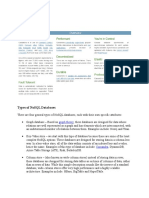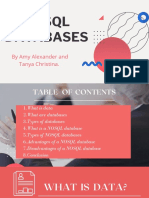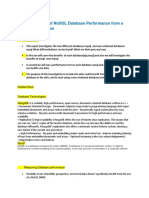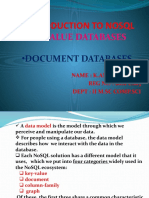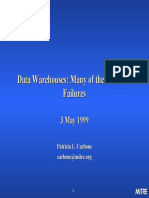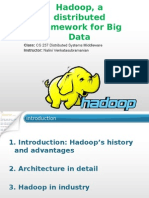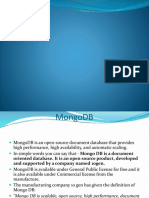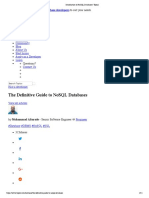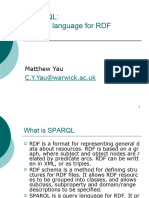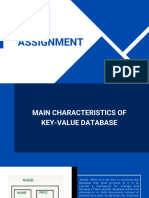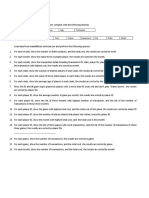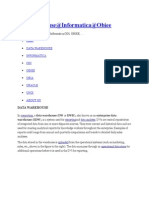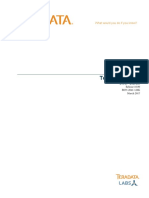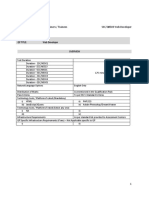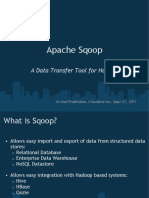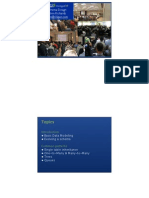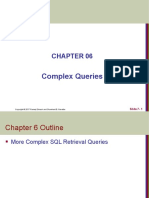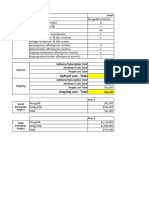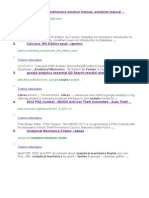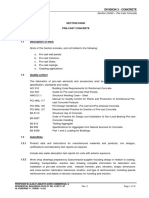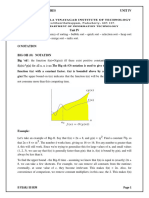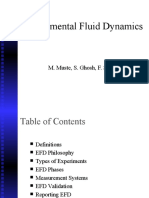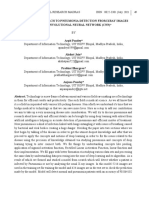0% found this document useful (0 votes)
69 views32 pagesNo SQL
This document provides an overview and comparison of SQL and NoSQL databases. SQL databases are table-based, use a structured query language, and provide ACID transactions. In contrast, NoSQL databases are non-tabular, have database-specific query languages, focus on availability over consistency, and often use unstructured data models like key-value, document or graph structures. The document discusses characteristics, features and examples of both SQL and NoSQL databases.
Uploaded by
sidduCopyright
© © All Rights Reserved
We take content rights seriously. If you suspect this is your content, claim it here.
Available Formats
Download as PPT, PDF, TXT or read online on Scribd
0% found this document useful (0 votes)
69 views32 pagesNo SQL
This document provides an overview and comparison of SQL and NoSQL databases. SQL databases are table-based, use a structured query language, and provide ACID transactions. In contrast, NoSQL databases are non-tabular, have database-specific query languages, focus on availability over consistency, and often use unstructured data models like key-value, document or graph structures. The document discusses characteristics, features and examples of both SQL and NoSQL databases.
Uploaded by
sidduCopyright
© © All Rights Reserved
We take content rights seriously. If you suspect this is your content, claim it here.
Available Formats
Download as PPT, PDF, TXT or read online on Scribd
/ 32

